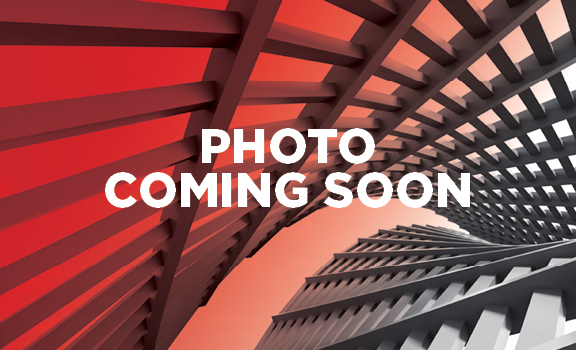

Stories
Adobe Systems
LEED Build-Out Plan Becomes Cost-Saving Template
01 The Opportunity
Adobe, a leader in sustainable building operations, wanted to demonstrate its continuing commitment to sustainability when remodeling the 12th floor of its headquarters building in San Jose, California. However, the cost for LEED Commercial Interiors Platinum certification was a factor, especially since the 12th floor was the first of many slated to be remodeled over the next few years.
02 The Solution
Cushman & Wakefield’s staff at Adobe includes six LEED-accredited professionals and two LEED-green associates, so Adobe was able to engage Cushman & Wakefield’s onsite management team to certify the project instead of hiring outside LEED consultants. In addition, Cushman & Wakefield now can use the specifications for this build-out as the certification template for the other floors, avoiding redundant assessment and planning costs.
03 The Results
Cushman & Wakefield completed the 12th floor remodel at the end of January and submitted the final application for LEED-CI certification on behalf of Adobe six weeks later in mid-March, applying for LEED-CI certification at the Platinum level with more than enough points to qualify. Cost for certification was $18,000, less than half of the normal fee, because Cushman & Wakefield used its own LEED consultants. Fees were primarily for air testing and advanced commissioning. When all of the remodeled floors are complete, the entire building will be recertified through LEED for Existing Buildings to further ensure the building’s sustainable operations integrity.
more featured stories

CCAR Data Aggregation • Banking & Regulatory Solutions
With the passing of the Dodd-Frank Wall Street Reform and Consumer Protection Act in 2010 came the CCAR stress tests for all banks with greater than $50 billion in US assets — approximately thirty institutions

